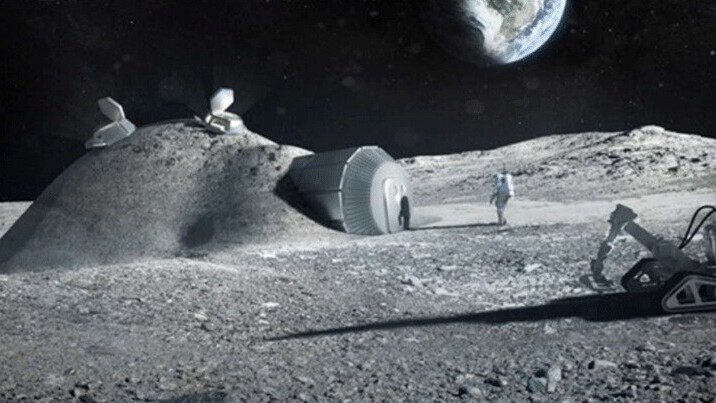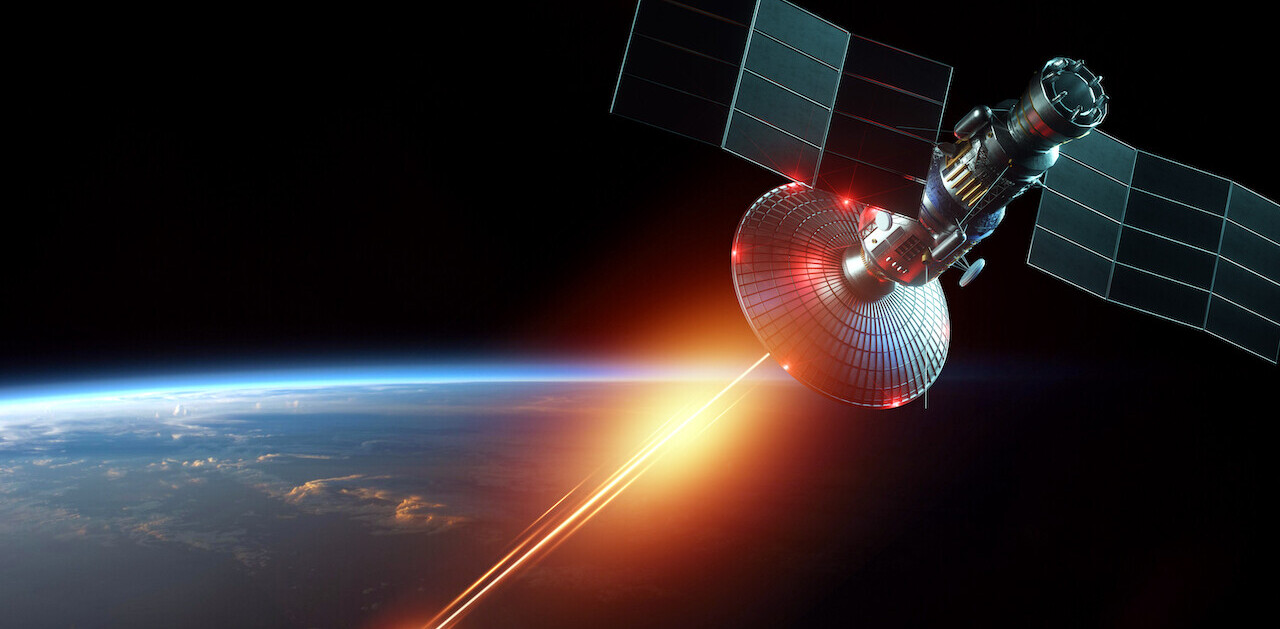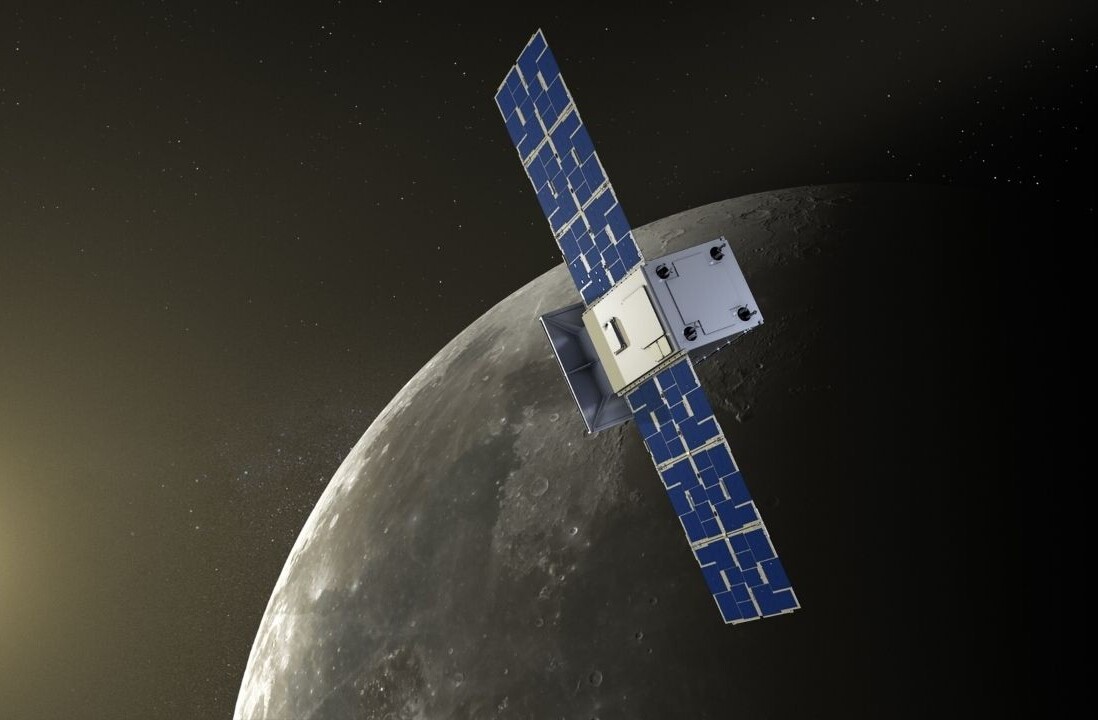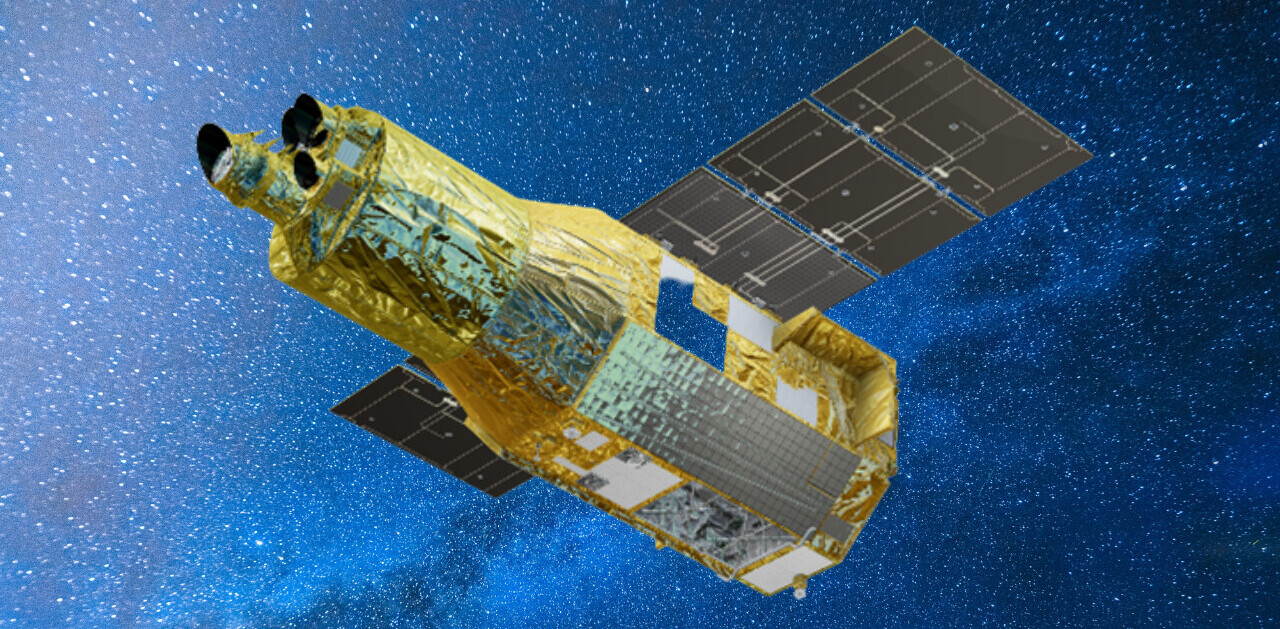
The US House of Representatives recently proposed a bipartisan bill that would essentially tank NASA’s plans to build a fully-functioning lunar base.
The proposal comes from the House Aeronautics and Space Subcommittee of the House Space and Science Committee and seeks to limit NASA’s extraterrestrial endeavors going forward. Among various other caveats, the bill would severely limit NASA’s ability to conduct scientific research on the Moon in conjunction with civilian partners.
The full text of the bill is available here, but one particular passage has both NASA Chief Jim Bridenstine and the scientific community concerned:
Lunar in-situ resource utilization shall not be considered as risk reduction for the initial crewed missions to orbit and land on Mars. Any lunar in-situ resource utilization activities and shall not be included in the Moon to Mars Program and shall be budgeted separately from the Moon to Mars Program.
This passage, coupled with the budgetary allocations and general direction of the bill indicate that various Moon-specific research avenues could be considered ‘off the table’ if they don’t bear out a direct correlation to Mars habitation.
A coalition of concerned scientists penned an open letter to NASA concerning the bill wherein they stated:
The integration of lunar (and Martian) resource utilization is vital for the sustainable and cost-effective human space exploration program beyond Earth orbit, as it is critical that we learn to “live off the land” beyond the Earth Unfortunately, once again HR5666 restricts the use of the Moon to enable Mars, as well as restricting human activity on Mars.
It appears that the Democrat-led House’s intent with these limitations is to put the brakes on President Donald Trump’s Mars ambitions by repealing the current Moon landing deadline of 2024 (a crucial step on the way to Mars) and reinstating the original timeline of 2028.
There are certainly pragmatic reasons to reassess NASA’s current time-frame for its Mars project, as directed by the Trump administration, but none of those should involve stalling the President’s potential glory as the first US leader to preside over a crewed-mission to Mars. This, of course, assumes he’s re-elected this year.
Related: Elon Musk’s plan for sending people to Mars is probably a suicide mission
While the bill does have bipartisan support, there’s little hope it’ll reconcile with the US Senate’s version of the bill – one that basically limits NASA’s ability to work with civilian companies to “do whatever it takes” where the nation’s mission to Mars is concerned.
Whether Mars is the end goal or not, there are clear scientific advances to be made on the Moon. These include recently discovered techniques that could turn the satellite’s abundance of Moon dust into a source of oxygen and metal. This research is still in its early stages, but if scientists could study the process on the Moon’s surface it could fast-track the development of a self-sustaining colony – no matter where we travel, we’re going to need oxygen to breathe and materials to build with.
Luckily for the future of our species, the bill has yet to be passed. The Hill reports that Representatives from both sides of the House have vowed to beef up the bill with better provisions for NASA’s Moon-to-Mars program.
Get the TNW newsletter
Get the most important tech news in your inbox each week.




